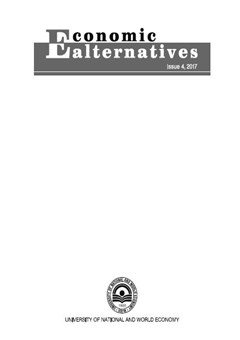Elasticity of CO2 emissions with Respect to Income, Population, and Energy Use: Time Series Evidence from African Countries
Author: Olaronke T. ONANUGA
Abstract
This study examines the CO2 emissions elasticity of income, population and Energy because it has become imperative for Africa to follow cleaner development pathways. The specified models, guided by the STIRPAT, EKC and EEO framework, are estimated by applying a dynamic regression technique. To minimise data attrition, different sample periods, between 1971 and 2013, are adopted for each 26 sampled African countries. The findings support the literature that environmental quality is a normal good in economies but do not support the neoclassical view that it is a luxury one. Economies in which a cleaner environment is found to be an inferior good are of higher threat to Africa’s environment than economies where a cleaner environment is a normal good. African countries with positive population elasticity depict a threat to having a cleaner CO2 environment in Africa. The study finds the EKC for 15 countries, the U-shaped relationship for six countries and a linear relationship for five countries. It, also, discovers that energy consumption, followed by affluence, is the primary driver of human-induced CO2 emissions in African countries while the population is a lower impact-factor than affluence and recommended that CO2 mitigation should relentlessly be made a regional, national and local focal issue.

